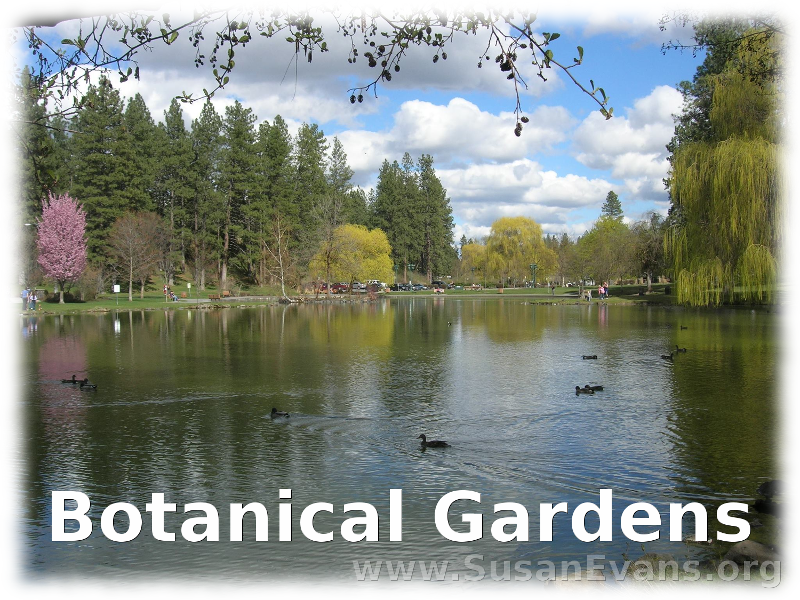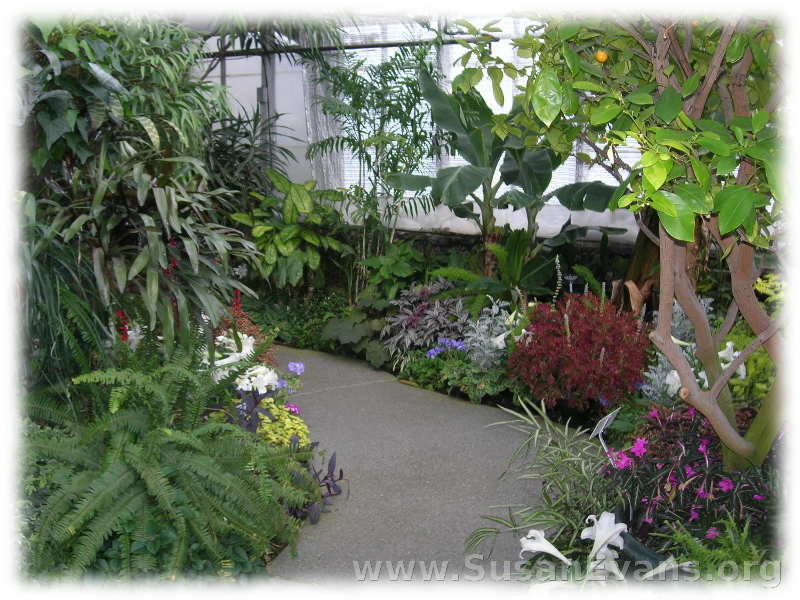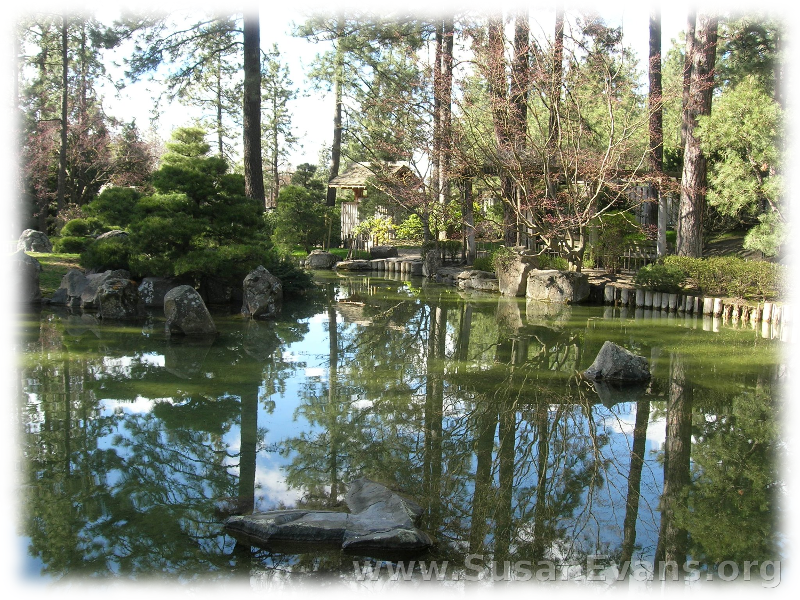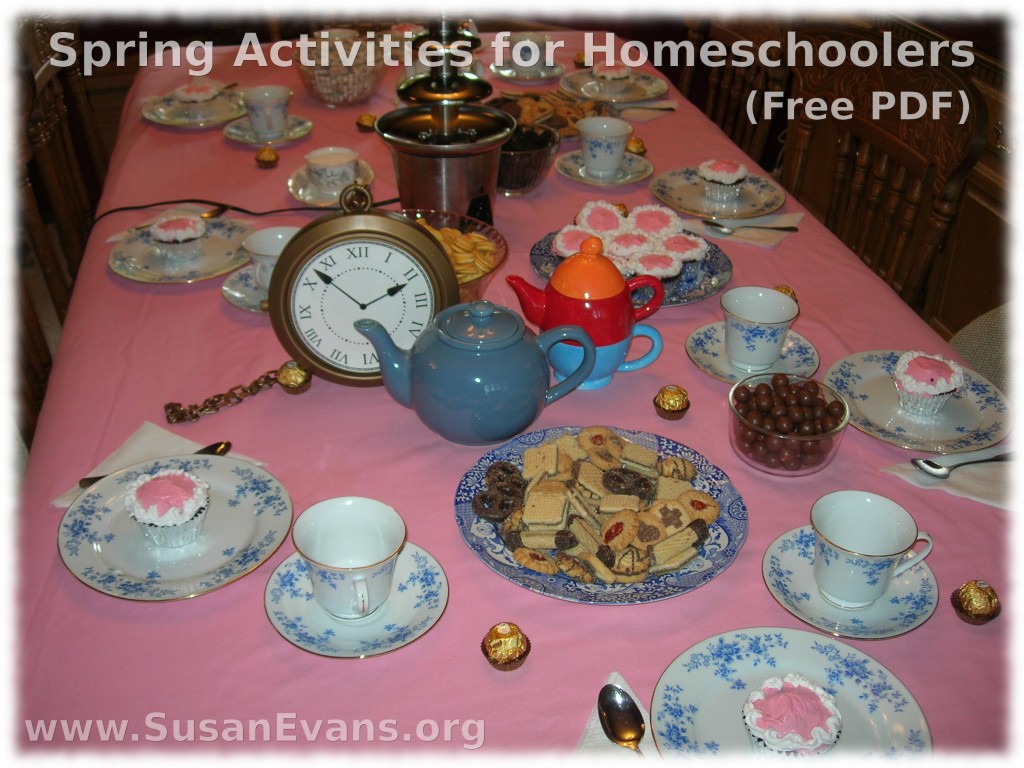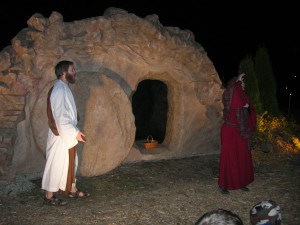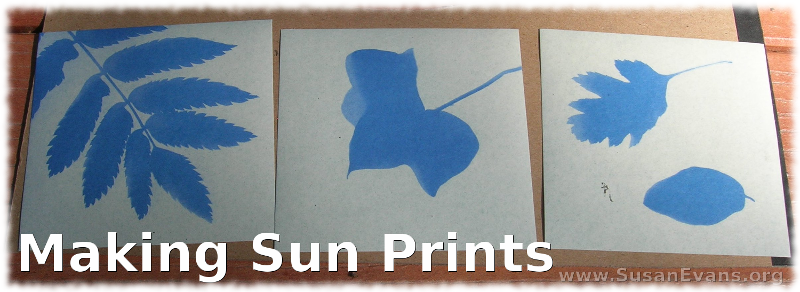 Making sun prints can be fun for kids. You can make sun prints either with regular construction paper or sun print paper. Sun print paper is photographic paper that is highly sensitive to light. When you expose the blue paper to the sun, it starts turning white almost immediately. So don’t take it out of the packet until you’ve got your leaves ready. Choose leaves with interesting shapes.
Making sun prints can be fun for kids. You can make sun prints either with regular construction paper or sun print paper. Sun print paper is photographic paper that is highly sensitive to light. When you expose the blue paper to the sun, it starts turning white almost immediately. So don’t take it out of the packet until you’ve got your leaves ready. Choose leaves with interesting shapes.
Take the sun print paper out and place the leaves on top. Don’t do this on a windy day, or your leaves will blow off. You can place a small rock on top of the leaves to keep them from flying away. Within an hour, your sun print is done.
If you are using cheap construction paper, it will take all day instead of one hour. Set the dark-colored construction paper out in the sun. Place your leaves on the paper, with rocks on top. Check it at the end of the day. The shadow covered by the leaf will be dark, while the rest of the paper will be much lighter.

